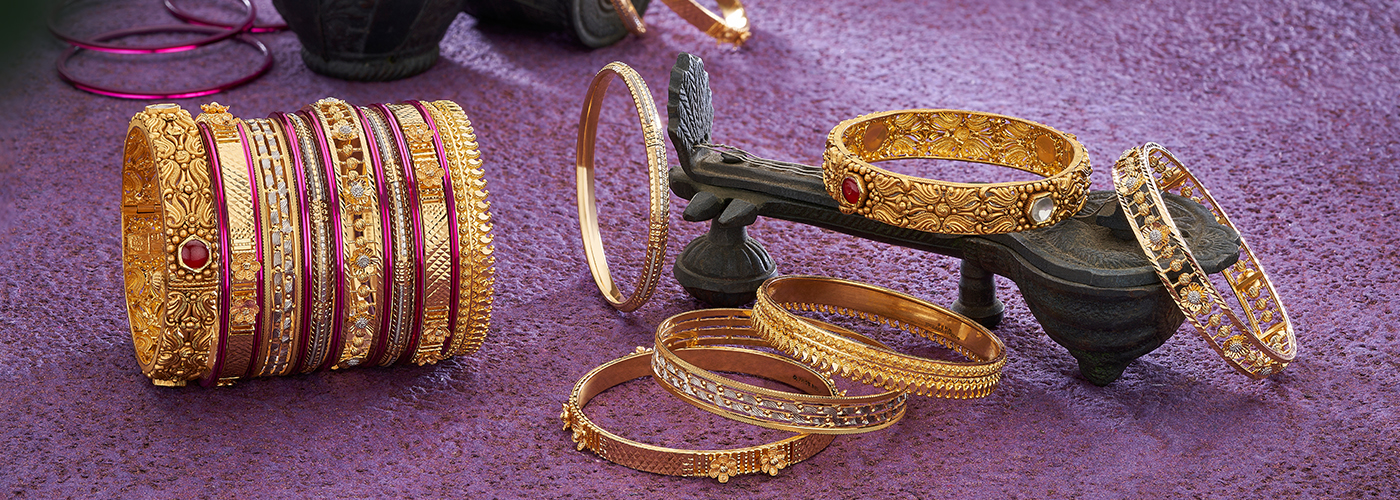Significance of Gold in Maharashtrian Culture and Celebrations
Gold holds a special place in Maharashtrian culture, representing not only wealth but also prosperity, purity, and tradition. Maharashtrian households often consider gold as an integral part of their lives, and it plays a prominent role in various cultural events and rituals. From birth ceremonies to weddings, gold ornaments symbolize blessings, protection, and good fortune
1. Gold in Weddings
Maharashtrian weddings are incomplete without the bride adorned in gold jewellery, such as the traditional Mangalsutra, Nath (nose ring), and Thushi (necklace). These pieces are not just accessories; they signify marital status, heritage, and the blessings of ancestors. The exchange of gold jewellery during weddings symbolizes the start of a prosperous new chapter in the couple’s life.
2. Gold in Festivals and Rituals
Festivals like Ganesh Chaturthi and Diwali are celebrated with offerings of gold to deities, showcasing devotion and the desire for prosperity. Gold coins and jewellery are often used in poojas and rituals, emphasizing the connection between spirituality and wealth.
3. Family Heirloom
In many Maharashtrian families, gold is passed down through generations as heirlooms. These pieces carry sentimental value and are often worn during important ceremonies, reinforcing family bonds and cultural identity.
4. Gold as an Investment
Apart from its cultural significance, gold is seen as a secure investment in Maharashtrian society. People believe in buying gold during auspicious occasions like Akshaya Tritiya, believing that it brings wealth and prosperity.
Gold is more than just a metal in Maharashtrian culture—it’s a symbol of heritage, love, and prosperity, deeply embedded in every celebration and tradition.

